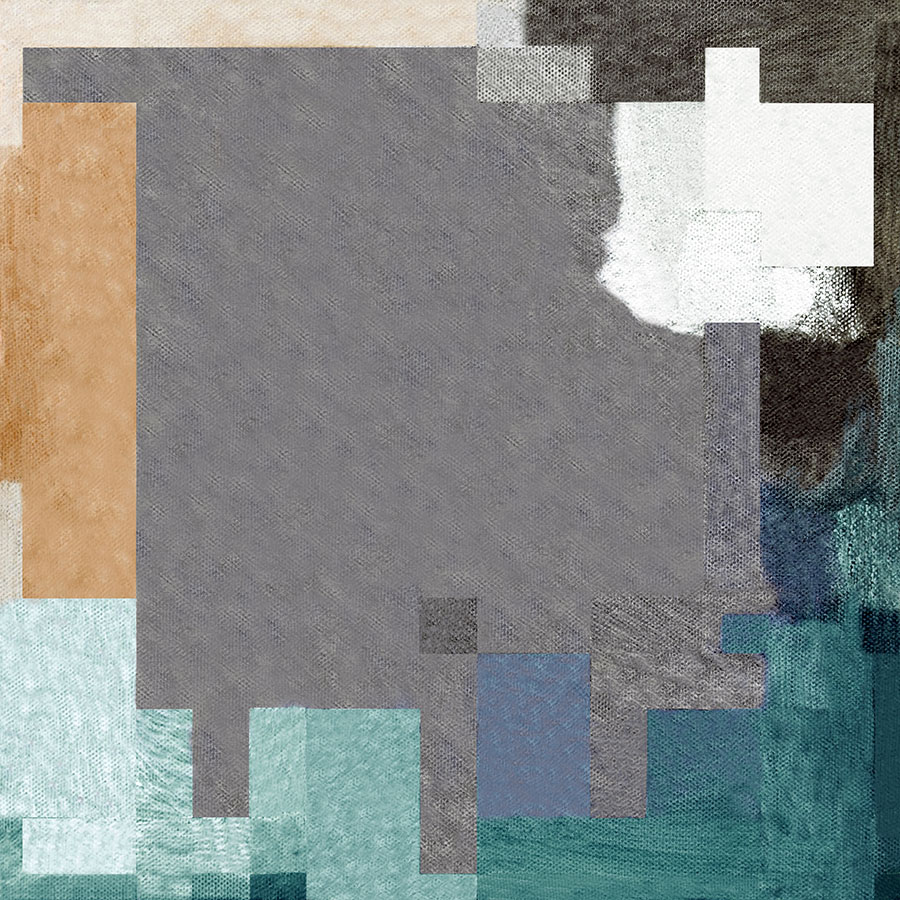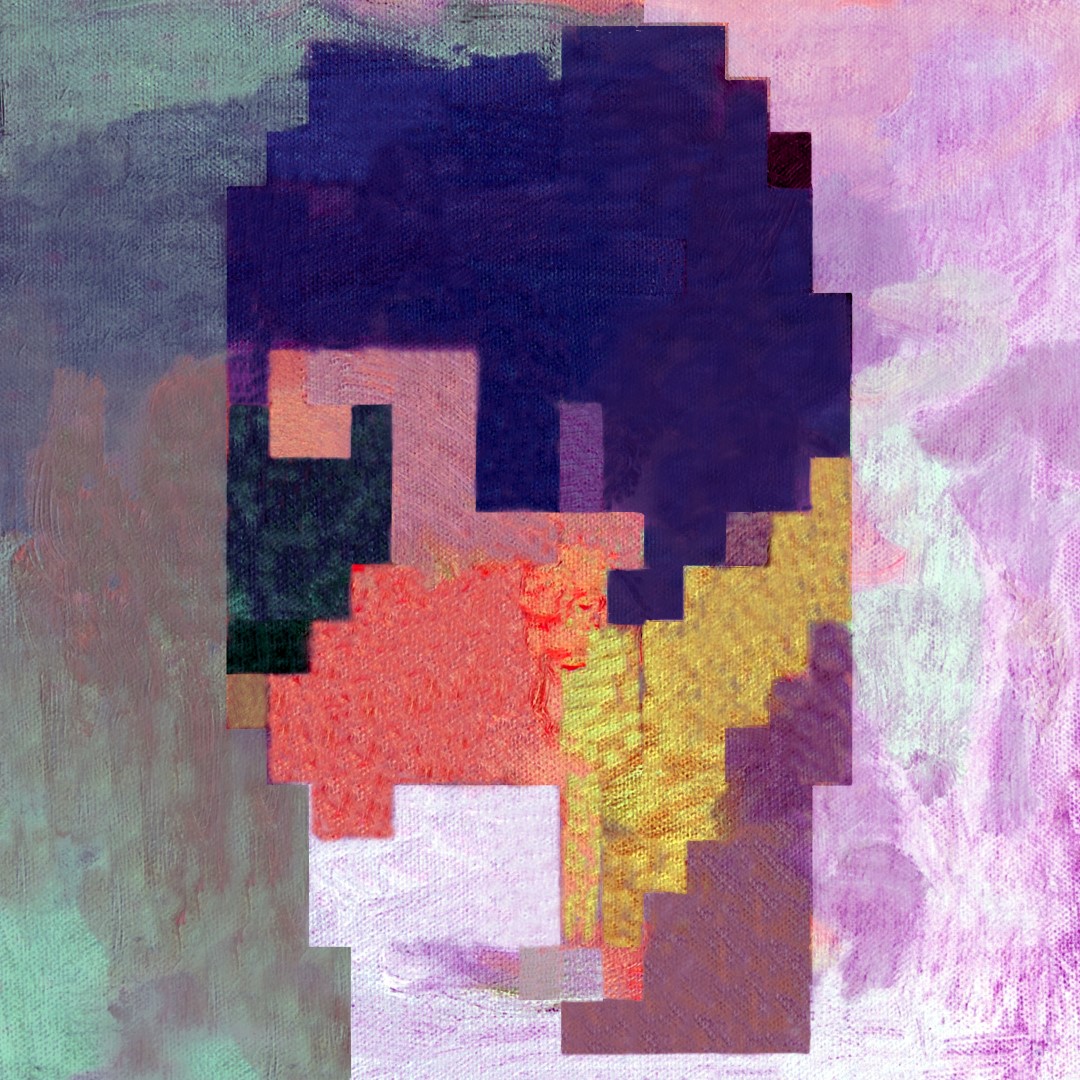Post-Processing

A couple of years ago I went to the Neue Nationalgalerie in Berlin to see the permanent exhibition. When I visit the Neue I always take a brief look at some of the expressionist’s paintings. I had already walked through the exhibition before, at least six or seven times, but that day for the first time I noticed a strange object hanging on the wall.
It was a piece of Kandinsky, but not an original piece. I do not remember anymore why the original was replaced, maybe because of restoration purposes, or it could have been lent out to another museum, stolen, or even destroyed. In its place a black and white print was presented, with a blurry appearance, without its original surface, it’s original touch.

I gazed at it; How could a copy of an authentic painting be so different and in the meanwhile, has such an enigmatic impact?
This encounter made me think about my own work.
In the last 12 years I moved between seven European countries, living and working in 12 different cities, in more than 15 different houses; with their own furniture, their own feeling, smell, touch, taste. I never had a permanent workspace.
The belongings I have been carrying around were reduced to a mere 25 kg bag, so I could easily move from one place to another.
I was forced to live with minimal instruments: a 3-year-old computer, a semi-professional camera, one lens, a scanner, paper not bigger than A3 size, a printer, some pens, pencils, and watercolor paint.
Nevertheless, I wanted to find a way to move from simply sketching and photography to something more, something that meets in between. This resulted in a combined use of all above instruments in a way that I call “Post-Processing”.

It always starts with the first gaze: a sketch, a photo, a cut-out, a part of a small painting or something else.
Then the actual work starts: combining, scaling, zooming, colour-changing, balancing, erasing, multiplying, layering both digitally and physically. Chaotic and dynamic inputs are influenced by a figurative or compositional silence and order.
Years later, the Kandinsky print came back into my mind.
What if the original was destroyed, or even if it had never existed before?
Most of the work I make does not exist yet in physical presence.
A digital work, other than a materialistic one, is experienced within a framework with variable characteristics. Actions such as scaling, and colour-finding acquire other senses and have a different meaning on a screen. A work could be seen on a phone (3 x 6 cm), a monitor (15 x 20 cm) or even on a projection screen (300 x 400 cm), brighter or darker, with better or worse colour-contrast, printed on paper or on glass, all depending on the abilities of the medium.

As technology improves, also the quality of digital images improves; contrasts get deeper and colours get more striking. This is also true for print technology, the process through which the ink injects the paper in relation with the quality of the paper itself. It is dynamic within and static without.
So a piece of art coming from the physical world, going through the digital world and ending up being physical again on print, will always differ in its appearance.

In that sense it is genuinely never finished, it evolves with us, or decays upon us, this makes it human after all.
Post-Processing written in 2013, published 06.2021 [EDUCATIONAL PURPOSE ONLY] Triple-A Society, M. Production ©